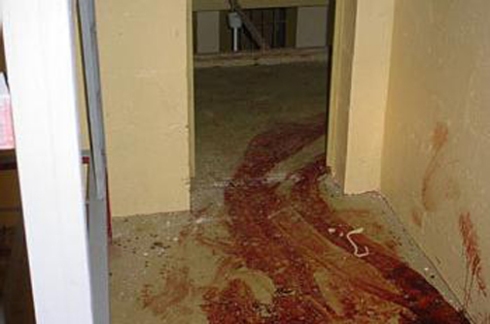TORTURE REVELATIONS
It was a double whammy this week. Everyone noticed the 6,000 page report into CIA torture. Many won’t know that today was the day that Justice Department attorneys presented the Obama administrations rationale for suppressing over 2,100 photos and videos of torture by American military personnel in Iraq, and Afghanistan.
Since 2009, the Obama administration has argued that releasing them would inflame anti-American sentiment abroad and place Americans at risk. Federal Judge Alvin Hellerstein of the United States District Court for the Southern District of New York is not so easily convinced and wants the government to explain, photograph by photograph, how each might pose a threat to national security. The fight to release these photos dates to 2004, when the American Civil Liberties Union filed a Freedom of Information Act request.
David Levi Strauss has tracked these developments from the very beginning. Several chapters in his new book is Words Not Spent Today Buy Smaller Images Tomorrow (Aperture, 2014) deal directly with the war over control of torture photos.
CONVERSATION
Strauss and I, for WIRED talked about state secrets, how the brain is wired, the political power of images and whether or not photos of Osama Bin Laden’s corpse actually exist.
WIRED: Why has the release of 2,000-plus remaining images and videos made by US military personnel in Abu Ghraib not been resolved?
Strauss: Because of the effectiveness of the images. They became the symbol of the change in US policy to include torture. Images are very powerful. That’s why the US government has become very afraid of the effects of these images worldwide.
The other amazing thing about the Abu Ghraib images was that they crossed the boundary between private and public. That is unusual. It changed things for photojournalism, for the military, certainly, and for the public at large. Prior to the release of the Abu Ghraib images, the military was handing out cameras to soldiers so that they could use photos to stay in touch with their families, and to be used operationally.
Read the full conversation: The War Over the US Government’s Unreleased Torture Pictures.
–
[All images for this Prison Photography post via Salon]









Leave a comment
Comments feed for this article